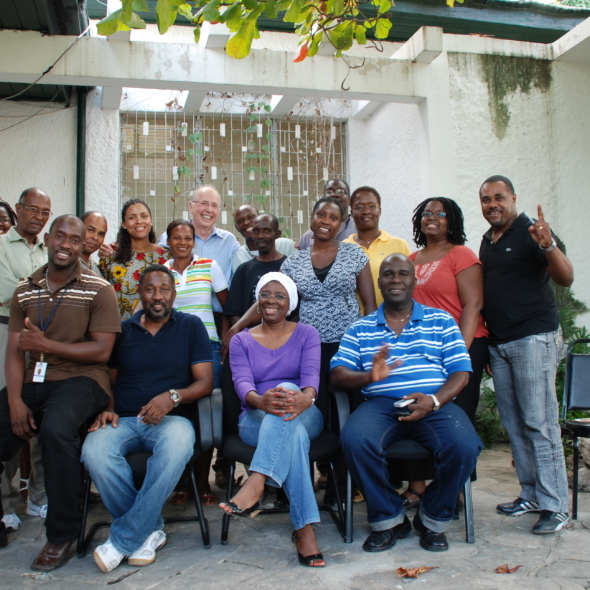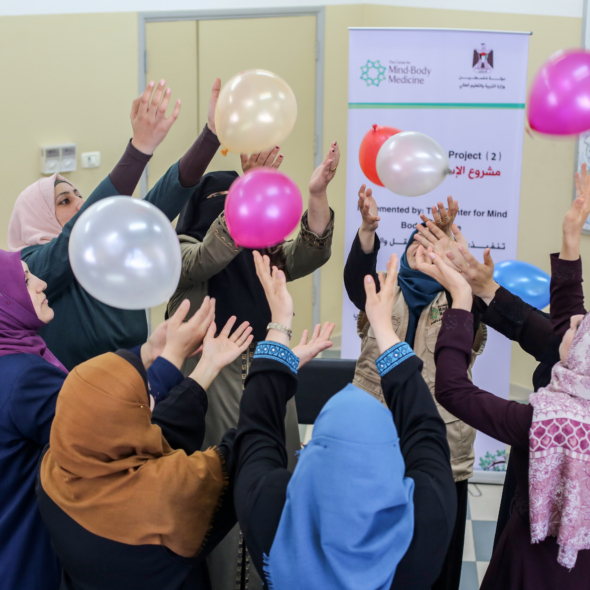We talk in today’s workshop, do drawings, and talk more about what they’ve drawn. My French is emerging from the caves of my unconscious and I seem to be speaking comprehensibly, but I very much need Star to translate the kids’ replies and descriptions.
It takes the kids some time to do their drawings. Several had asked for pencils to outline what they will later crayon – this is a first in my experience — and Lee Ann fortunately found both pencils and a sharpener. But all of them are measured and methodical, controlling, it seems to me, the little in a dangerous and chaotic world that they can control. When I ask 13-year-old Remy why he is hesitant to begin, he tells me that he fears “it will not be good.” I show him my decidedly childlike effort. “This is not,” I assure him, “about being ‘good,’ just about drawing;” he laughs and starts to sketch.
I’ve told them to draw themselves, or friends, or something they like to do, or a house. The majority draw houses – several are many-colored and splendid; one is elegant, spare, as carefully ruled as a blueprint. Every child who has drawn a house tells me when we ask – Star now translating in Creole -that his or her house has been “kraze,” “destroyed;” when she follows up – “kraze completement?” – they nod solemnly. The drawn houses are memory and hope.
We ask thirteen year old Jime, the architect of the elegant house, where he is now staying. “Dans la rue,” he tells us. This is surprising. He is well groomed, tall and handsome and wears a blue button down shirt that is clean and has sharp creases in its arms. Katie Couric, who is interviewing me and the kids, asks him again, “Really? In the street?” “Oui,” Jime says as if his two month residence there were ordinary. I ask him, “How do you keep your shirt so neat?” “I iron it,” he says.


